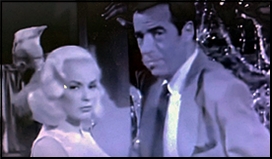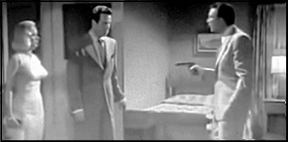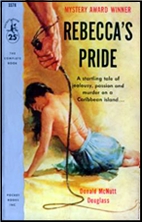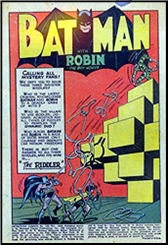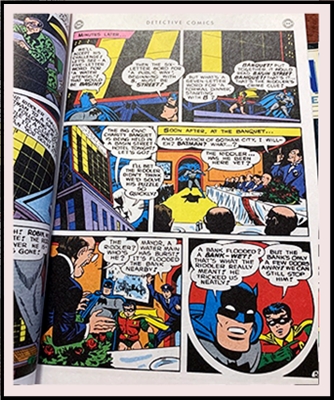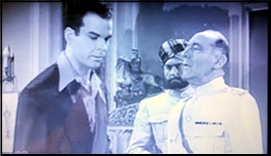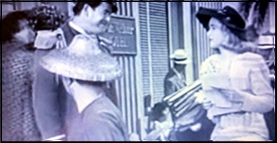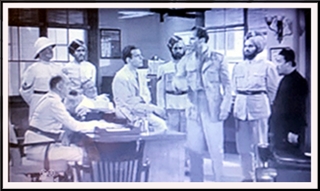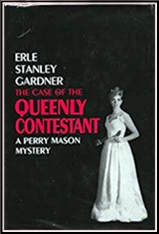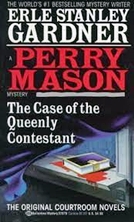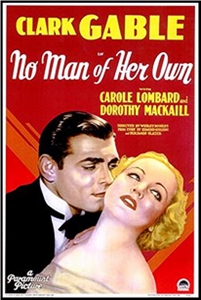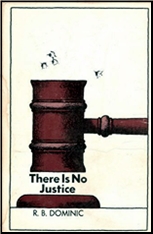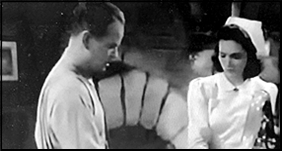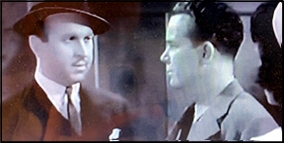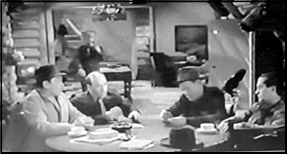Tue 24 Oct 2023
A Ghost Story Mystery Review by Dan Stumpf: WAYNE V. WELTY – The Evil Place.
Posted by Steve under Reviews[7] Comments
WAYNE V. WELTY – The Evil Place. Manor Books, paperback original, 1979.
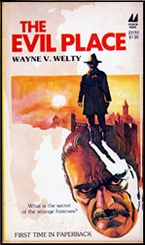
Every year there’s an Old Weird Movie convention here in Columbus. Every year, I attend. Every year, there’s a guy there who sells a small but choice assortment of old books, and every year I pick up an obscure old scary book I’ve never heard of to read at this time of year; something that looks promising, but about which I know nothing. And somehow it’s always fun and forgettable.
Until this year.
This year’s book was thoughtful, fast-paced, colorful, rich in characterization and deftly executed. In short, a book that deserves to be better known, and I hereby urge everybody within the sound of my writing to run out and find a copy.
Evil starts out like many ghost stories, with a framing device. Sid White is an American grad student studying Art in the Lombard region of northern Italy, Pietro is a young Italian who runs the boat rental nominally owned by his aging, superstitious father, and the Evil Place is the fog-shrouded ruin of a once-mighty city a few miles upriver from the village of Pavia, near Milan. Sid ventures upriver, gets lost and oddly frightened in the fog, and returns to Pavia, where Pietro’s father gives him a joyous welcome back, and a stern warning against ever going near the Evil Place again. So Sid heeds the warning, never goes there, and it all ends like a Henry James novel.
No it doesn’t. Of course not! Turns out Pietro has actually been in the Evil Place, knows the whole story, and will be only too happy to take Sid there for a show-and-tell — as long as they leave before dark.
Once they get to the ruins, the story proper begins, and it’s a real gem of a thing, filled with evil barons, minor wars, murder, persecution, and a cast of colorful and well-observed characters: priests, nobles, spies, the Devil himself… and an old blind shoe-maker who wants only to be left alone, and so becomes the busiest character and focus of a fascinating and ultimately chilling story.
But good as it is, that’s just the story-within-the-story. And once it ends, we get back to the framing device: the two young men in the ruins of a once-great city where night is beginning to fall, and something very scary is waiting in the dark.
And good as that is, once the frame-story is finished, a logical follow-up ensues, just as compelling and scary as what has gone before. This is one book that gives you a lot for your time and money.
Which in a way is a damn shame, because I don’t find any worthwhile references at all to the book or its author, although Evil seems to command pretty high prices at Abebooks. And Wayne V. Welty deserves to be remembered, just as The Evil Place deserves to be read. And enjoyed!
